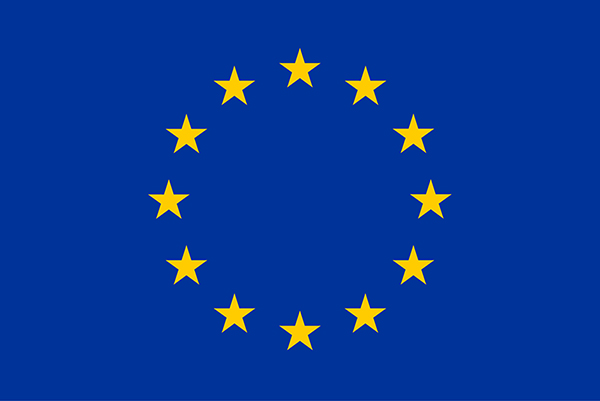R&D networks, peer effects and innovation performance

RISIS Research Seminar
June 11 2025 @ 12:30 PM – 2:00 PM
Presenter: Fulvio Castellacci, TIK, University of Oslo
Co-Authors: Raknerud, A., Riccaboni, M. and Rybalka, M.
Discussant: tba
Abstract
Network-based R&D is by now a well-established practice for many innovating firms and public R\&D policies often target inter-firm collaborations. Although such collaborations arguably lead to expected benefits, there is no systematic empirical evidence indicating that policy support provided to R&D networks does on the whole lead to higher innovation performance. Therefore, it is unclear whether it is worthwhile to financially support R&D networks rather than individual companies. A company that is part of an R&D network may in principle innovate either because of i) its own R&D activities, capabilities, and strategies (own R&D effect), ii) the public financial support that it receives (additionality effect), iii) the company exploits external knowledge, imitates, and learns from the other firms in the same network (peer effects), or iv) the company indirectly benefits from other resources of its partners, such as infrastructures or organizational assets (contextual effects). In this paper we seek to disentangle these distinct effects, to assess which are more important for the innovation performance of firms. To do so, we leverage the econometric literature on peer effects in social networks and apply it for first time in the field of R&D and innovation policy evaluation. The empirical study focuses on all Norwegian firms that have received innovation policy support during the last twenty years.
